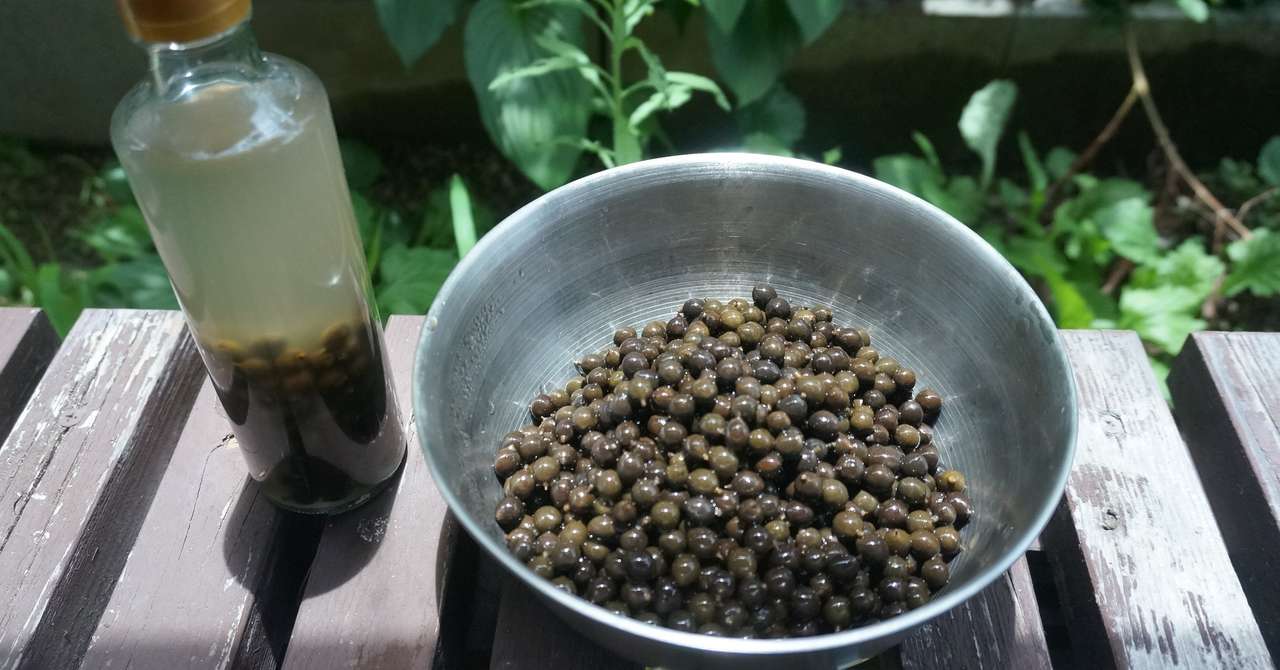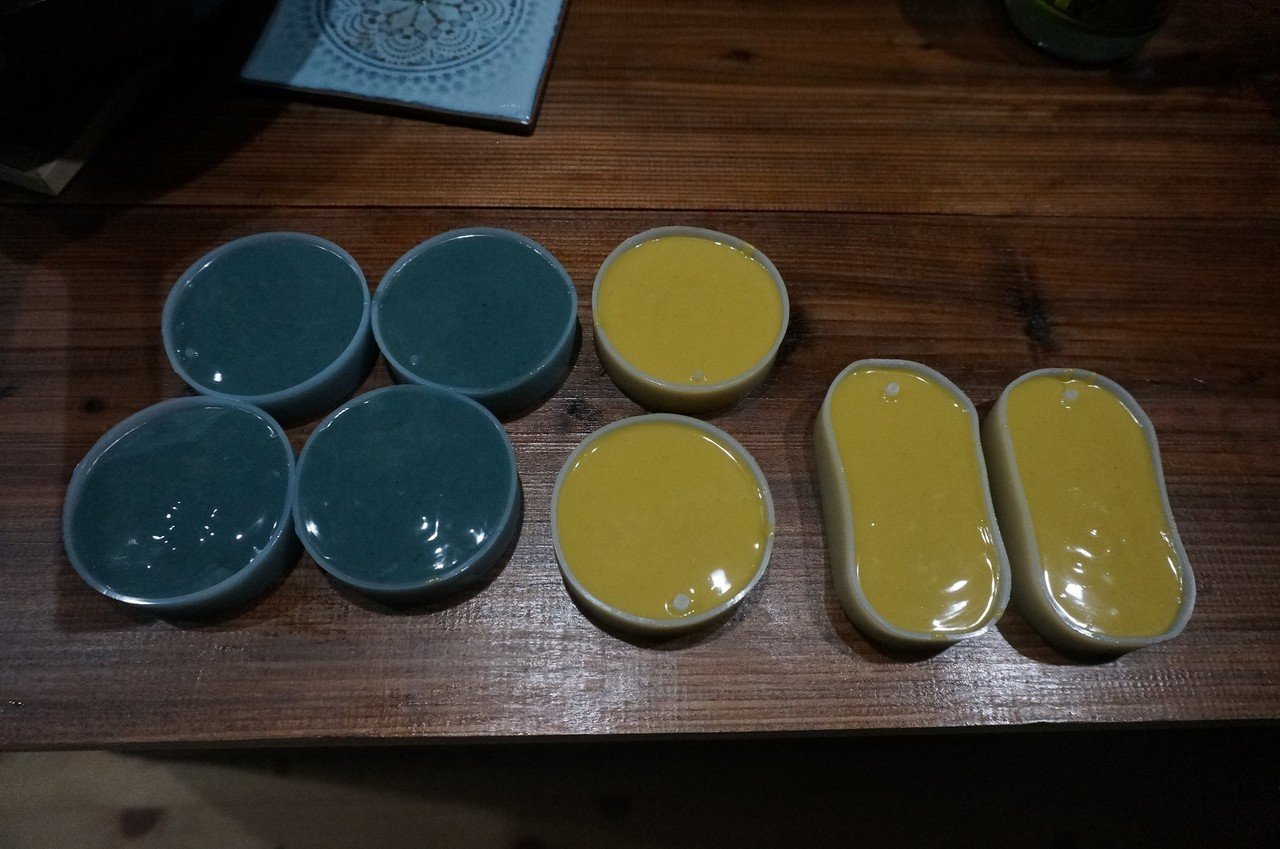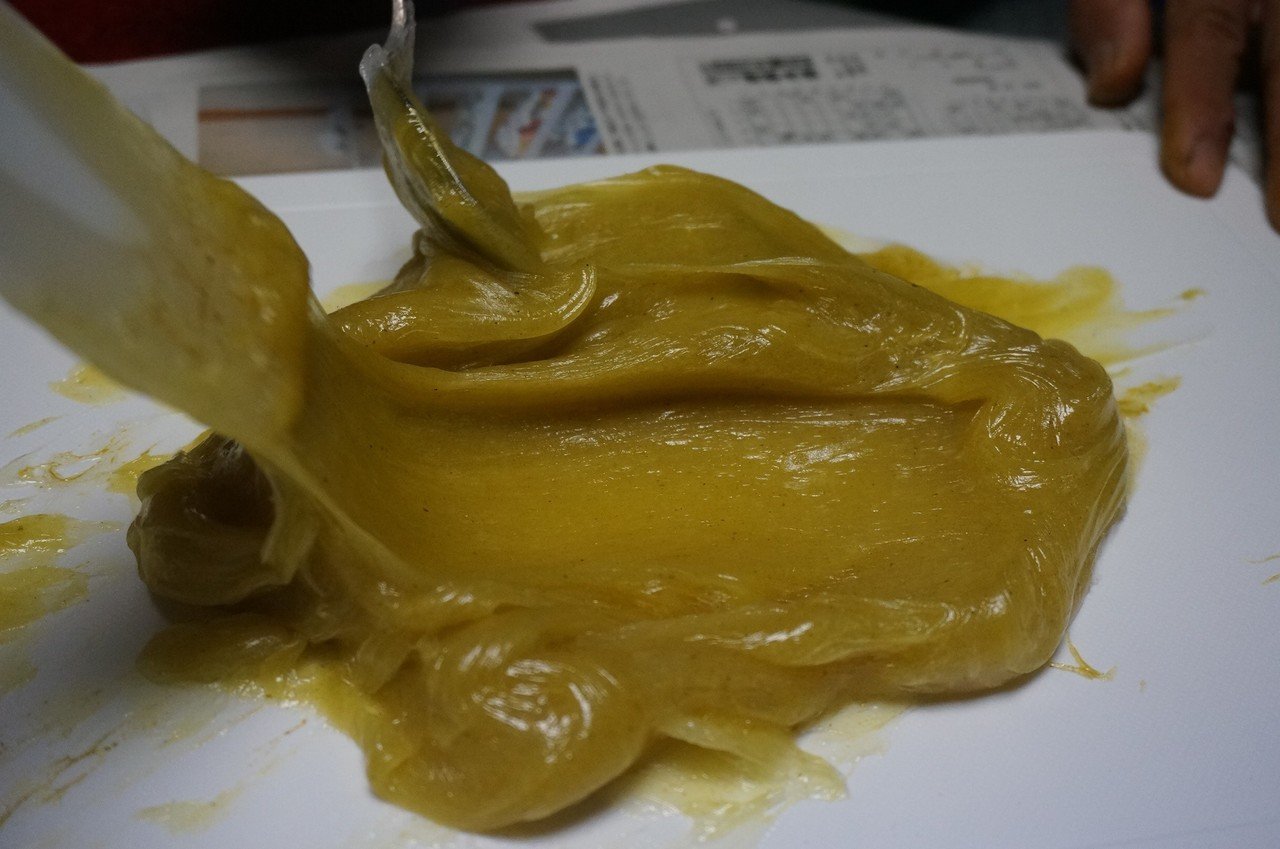Wednesday, 12 August 2020
Natural dye and cooking from Kihada (Amur cork) tree
Nara is one of the biggest production sites of kihada. The tradition dates back to Nara period 1300 years ago, when shugendo (Japanese traditional religion of mountain worship) was established. Kihada was used by shugendo monks to treat stomach ache. The yellow color extracted from kihada tree is vivid and remarkable, which has been believed to have anti-macrobial effects and to ward off bad spirits. In fact, the yellow substance is found to be berberine, a sort of alkaloid, which has anti-bacterial effects and lowers blood pressure.





Natural dye
The bark can be used for natural dye.It's originally so yellow that there's no need to use color fixing mordant, just boiling the bark for 20 min is enough to have vivid yellow color.
Dyeing linen clothes.
Cooking
Not only barks but also leaves, roots, and the fruits can also be utilized. The leaves can be used for making tea, and the fruits taste like Japanese pepper sansho, unique spice in Japan. That can be used for honey mead, preserved with olive oil, soy koji, verger, salt and so on.
Ainu people (ethnic group in Hokkaido) also use fruits of kihada. They pick the fruits when it's half black, half fresh green, and hang it on the eaves till it's ripen (black). The fruits are believed to have anti-inflammatory effect and Ainu people use it as cough drop by boiling with brown sugar.


Soap, ointment
The bark can be also used for making soap and ointment. It's good to treat bruise or insect bites.

making ointment
Kihada is versatile, used for multiple treatments. 
In Nara, processing kihada is a seasonal tradition during early summer. There are many farmers processing the tree, and volunteers are recruited.
Traditionally, only bark has been used, and rest parts are thrown away during the process. Now, there are some trials to utilize the core part for wood works, leaves for making tea, and fruits for spice. Its potential would be unfolded.














